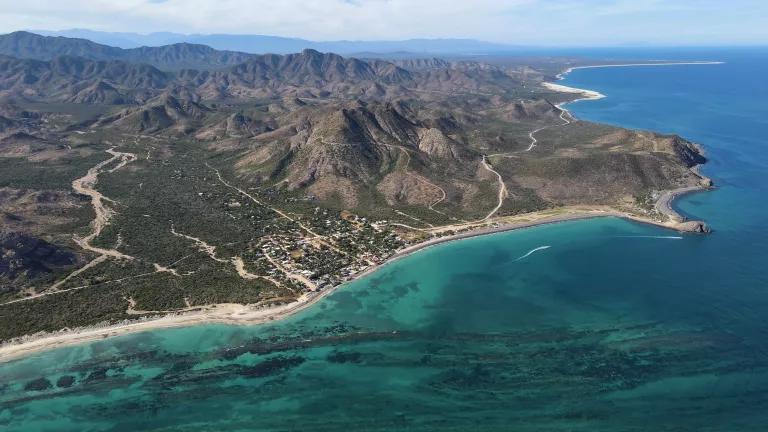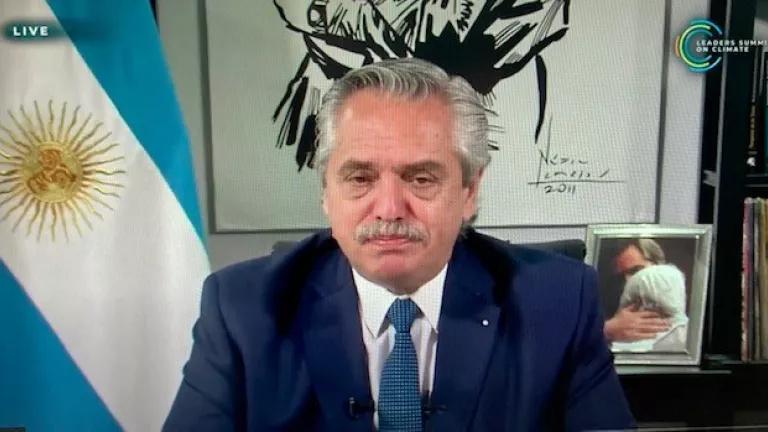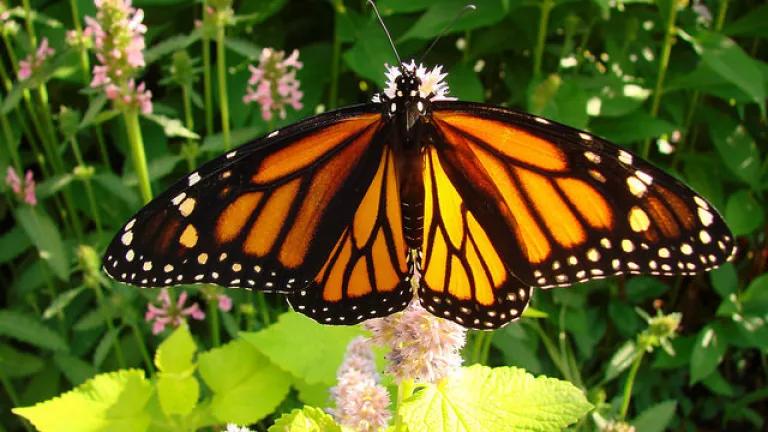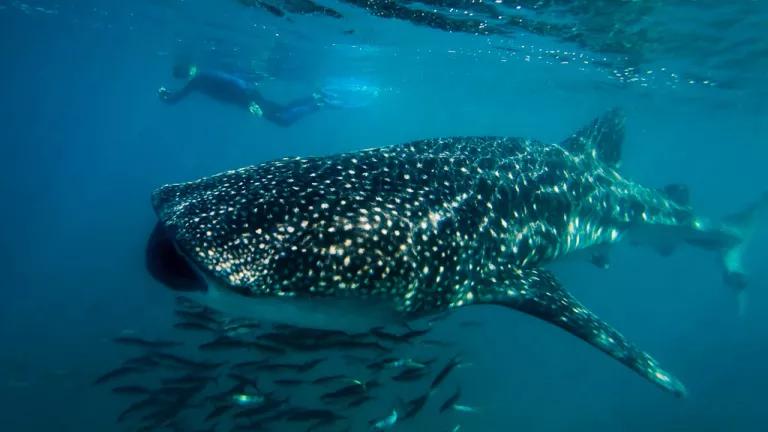
The environmental impact statement presented for Cabo Dorado, the massive coastal tourism and real-estate project proposed adjacent to Mexico’s Cabo Pulmo National Park, is plagued with deficiencies that warrant the project’s outright rejection. During the project’s public information meeting, scientists, technical experts, civil society groups and local residents pointed to grave weakness in the project’s impact statement, including incorrect or missing information, and warned that the project threatened both local communities and one of the world’s marine conservation success stories.
Cabo Dorado, a 3,770 hectare project that would entail the equivalent of 22,500 rooms in hotels and housing units is proposed on land just north of and adjacent to Cabo Pulmo National Park. In fact, the southernmost portion of the Cabo Dorado perimeter falls within the park’s influence zone. Located on the tip of the Baja California Peninsula, the Cabo Pulmo marine reserve is home to what may be the oldest and most important reef in the American Pacific. Cabo Pulmo also boasts some of the richest marine diversity in the Gulf of California, including 226 species of fish, humpback whales, grey whales, orcas, dolphins, sharks, marlins, manta rays, and five of the world’s seven endangered species of sea turtles.
This incredible biodiversity is the result of years of concerted conservation efforts on many levels. Nearly twenty years ago the local community decided to work with the Mexican government to establish the protected area when they realized that decades of unsustainable fishing practices had degraded the reef. They also re-oriented their local economy from fishing to small-scale, low-impact ecotourism activities in an effort to restore the reef’s health. The result was astounding. In the first decade after the reef’s protection, marine life in the park recovered by over 460 percent. Today, the park with its recovered reef is both a UNESCO World Heritage Site and Ramsar Wetland of International Importance.
Given Cabo Dorado’s proximity to this rich marine habitat, one of the most glaring oversights in the project’s environmental impact statement (EIS) is that it ignores the impact on marine ecosystems. The developers have irresponsibly claimed that since the project will have no components sited directly on the water, it won’t affect marine habitat. Yet as technical and scientific experts explained during the information meeting and on this website, this is just not true. For example, Cabo Dorado proposes two 18-hole golf courses and the nutrients, pesticides and other chemicals needed to maintain these areas can filter into the ocean where marine currents could carry them into the reef and over time prove fatal to the corals. The toxic impact of such chemicals on corals has already been documented in the Caribbean.
The Cabo Pulmo region’s incredible biodiversity isn’t limited to the ocean; there is also great species richness on land. But here too the EIS fails to adequately account for how the project would impact biodiversity. Last year, a team of 21 scientists from Mexican and U.S. institutions conducted a biological survey of the lands adjacent to the Cabo Pulmo reef and identified 560 plant, mammal, and reptile and bird species. Of these, 42 are already considered under some level of threat by Mexican law. Yet despite the high conservation value of the land where Cabo Dorado is proposed, the EIS presents erroneous and incomplete information about the terrestrial species it would impact. For example, it only reports 180 plant and animal species and 30% of them aren’t even found in the region. These errors and omissions are an indication of the general poor quality of the EIS and are particularly concerning when one considers that most of the species the recent survey identified – and the EIS ignores – are concentrated precisely on the spot were Cabo Dorado proposes to construct most of its infrastructure.
Cabo Dorado’s EIS also underestimates the impact the project would have on the limited fresh water resources of the arid East Cape region of Baja California Sur. The project would extract up to 4.8 million cubic meters of water from local aquifers in a region that already suffers chronic water shortages. This could have serious repercussions on local communities and ecosystems, but the EIS fails to consider these consequences on the grounds that it already holds a water concession – which is no guarantee that there are no impacts. Local experts are also concerned that the water demand Cabo Dorado will create is actually higher than the projections in the EIS. A project of this scale and scope will require a “support city” where employees and their families will live. Yet Cabo Dorado’s EIS recklessly does not account for the water use of the new population center it will emerge as a result of the project. And in another serious oversight that also has implications for the project’s feasibility; the EIS doesn’t consider the impact of climate change on fresh water availability – even though Baja California Sur is expected to see longer droughts and lower precipitation levels in coming years.
The more information and analysis becomes available about how Cabo Dorado would affect neighboring communities and the risks it poses for the area’s rich biodiversity, the clearer it is that approving the project would be a huge misstep for Mexico.




